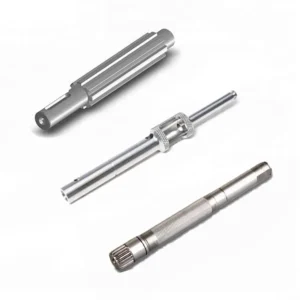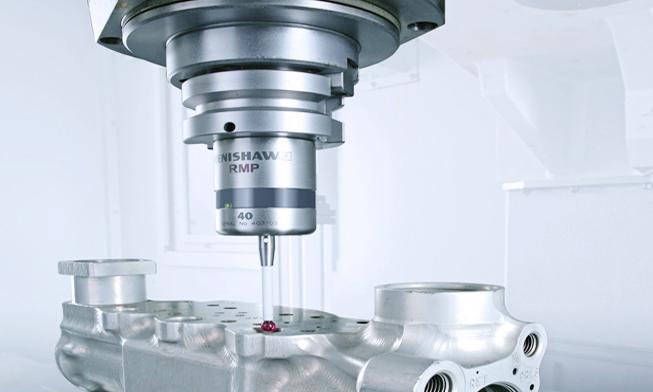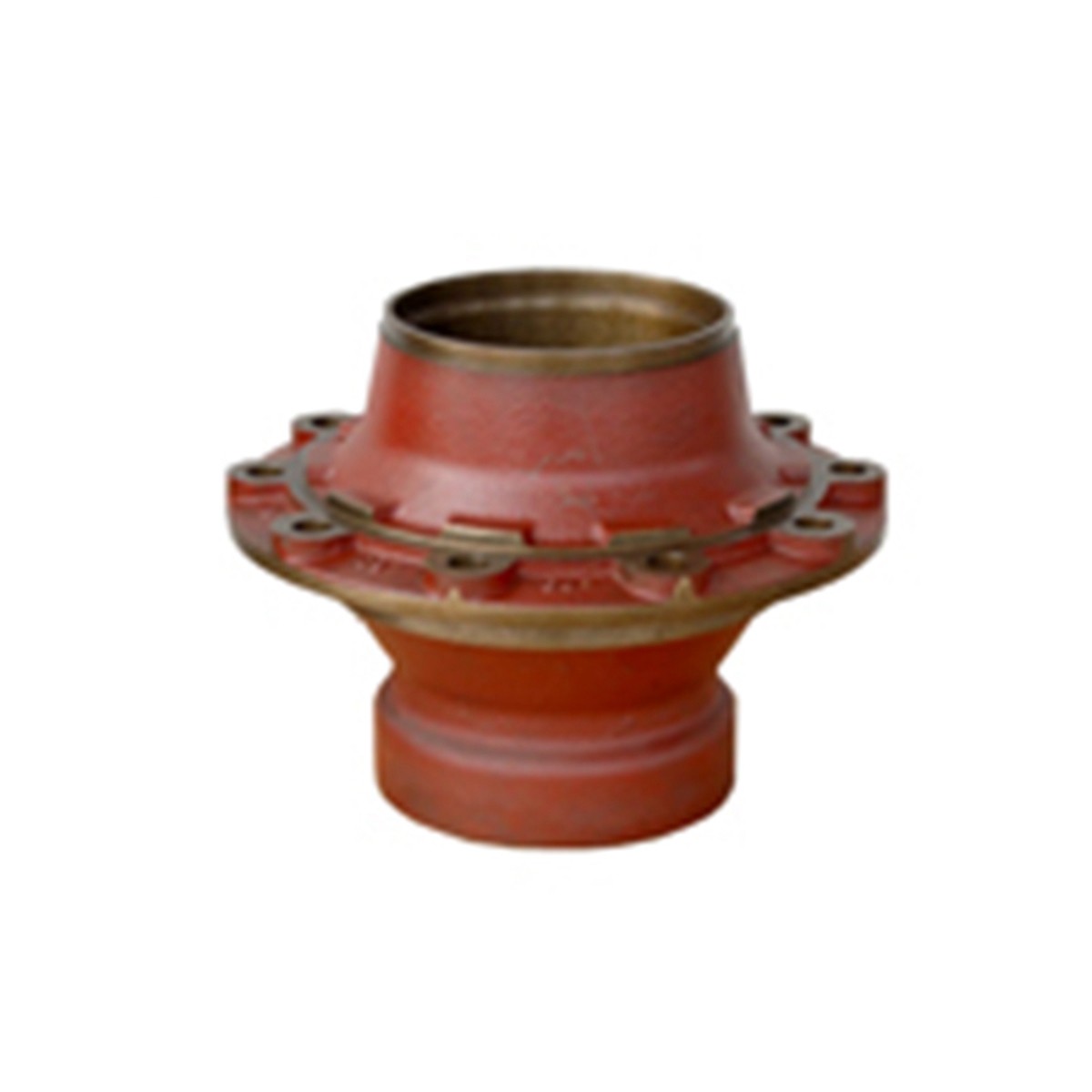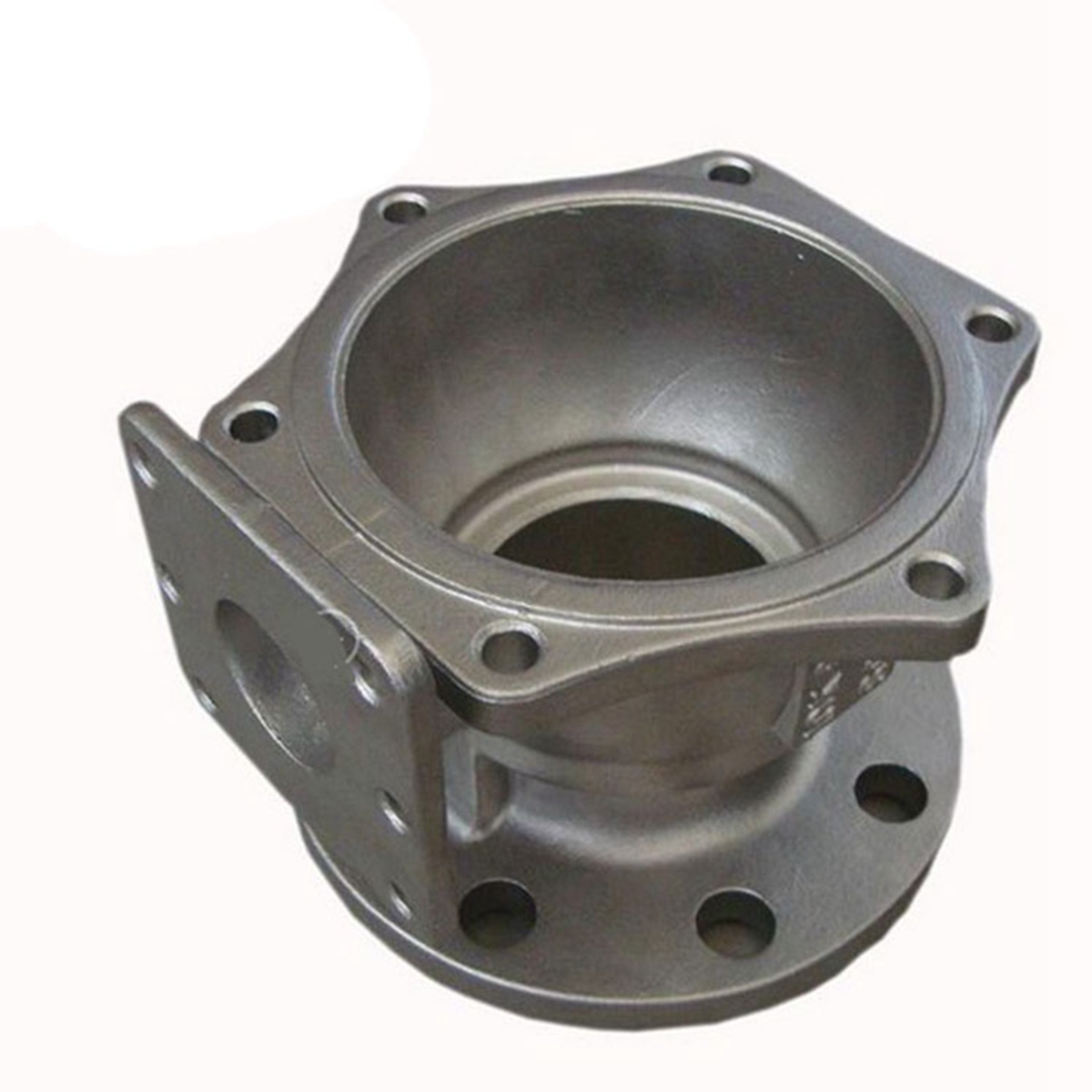
Alloys are made by smelting and blending the base metal and additional elements (metals and/or non-metals) and allowing them to cool. The admixing is often performed in the melt, but many non-metallic additives can be worked in after initial solidification, by various methods. Two primary types of alloys are used; substitutional and interstitial alloys.
- In substitutional alloys, like brass and bronze, the atoms of all of the alloying elements are similar in size. The atoms of the alloying elements substitute for the same sites the atoms of the base material would occupy in its lattice structure. This lends distributed property adjustments to the lattice that are intrinsic to the metals involved. In most cases the substitution disrupts and stresses the lattice, reducing planar slip potential by blocking.
- In interstitial alloys such as steel, the atoms of the alloying elements (Carbon, Silicon, Nitrogen) are smaller and fit in between the atoms of the base metal. This placement also acts to disrupt slippage and fracture. However, some non-metallic elements such as Silicon act as crystal growth triggers, altering the typical crystal size to add strength and resilience as more and smaller crystals deliver a tougher material.





